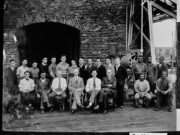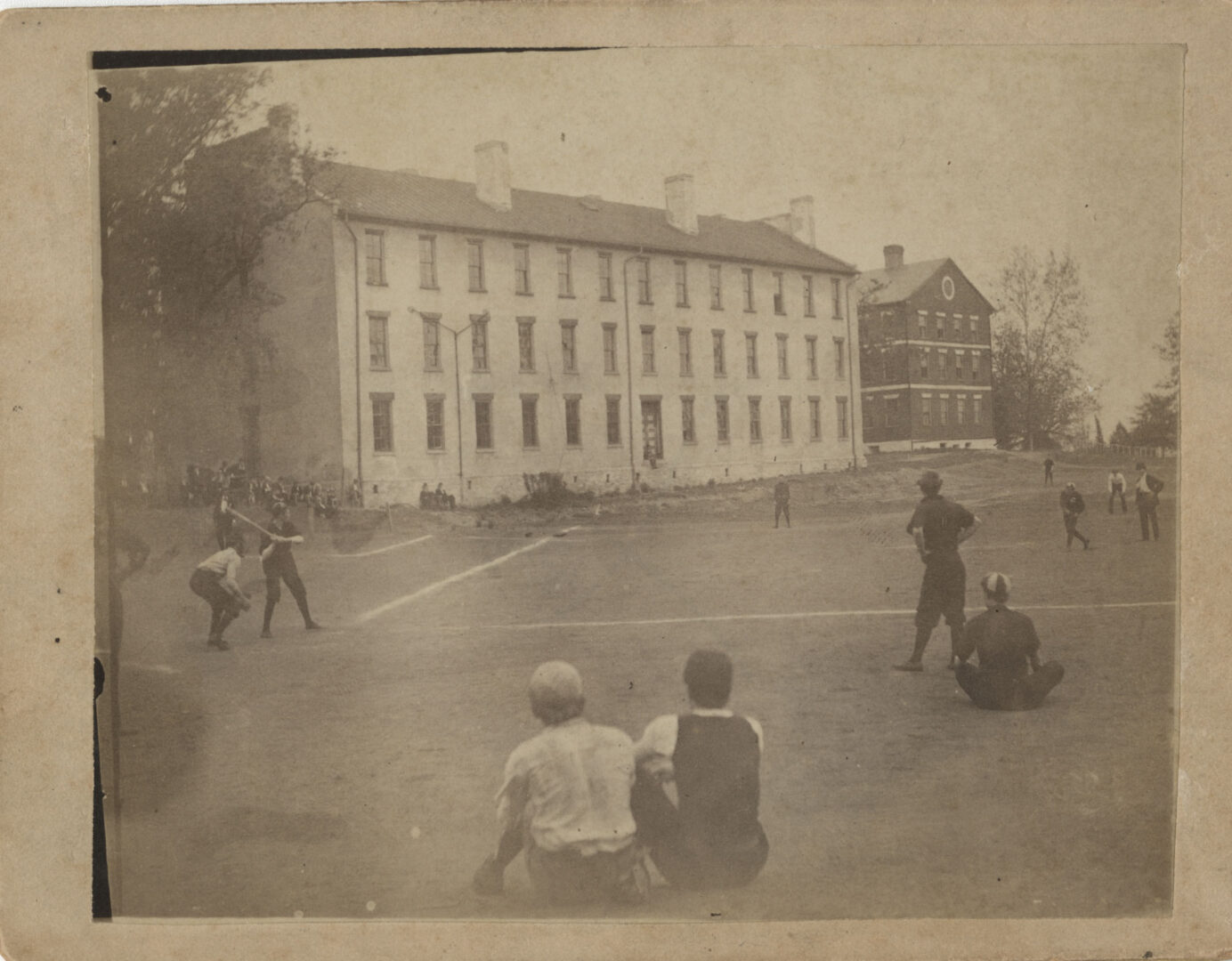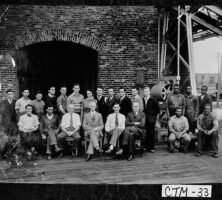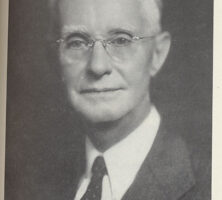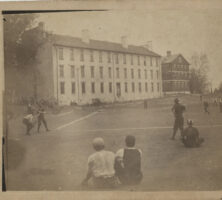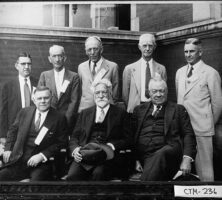Charles Herty, an internationally recognized chemist, revolutionized the southern forestry and naval stores industry. During his years at the University of Georgia (UGA), he also contributed to the development of collegiate athletics.
Born in Milledgeville on December 4, 1867, Charles Holmes Herty was educated as a chemist at the University of Georgia in Athens and earned his doctorate in 1890 from Johns Hopkins University in Baltimore, Maryland. After graduating from Johns Hopkins, he returned to Athens, where he spent a year as an assistant chemist at the Georgia Agricultural Experiment Station (later the Georgia Experiment Station in Griffin). He became an instructor in chemistry at the university in 1891 and spent the next decade in the UGA Chemistry Department.
Athletic Career
Upon his return to Georgia in 1890, Herty reorganized and brought back to life the university’s dormant athletic association. He began raising money for athletic facilities on campus and soon organized both an intramural and intercollegiate baseball league. Herty himself coached the first varsity team and played center field.
Herty also organized UGA’s first football team, based on the new “modern” standards applied to the game by schools in the Northeast, including Johns Hopkins. For much of the 1890s, Herty fought strong opposition from intercollegiate sports and helped establish standardized rules of conduct for college athletics, including bans on the hiring of professional players.
In 1894 Herty took on new duties at UGA when he was appointed director of the newly created Department of Physical Culture and was given $50 to purchase athletic equipment. With additional funds raised by Athens businessmen and the university’s board of trustees, Herty built four tennis courts in 1895. The following year, a winning football season and a fund drive among alumni provided Herty the means to enlarge the athletic field on the northwest corner of the UGA campus and to add a small grandstand. The site, later named Herty Field, was the scene of all field sports at UGA until the construction of Sanford Stadium in 1929.
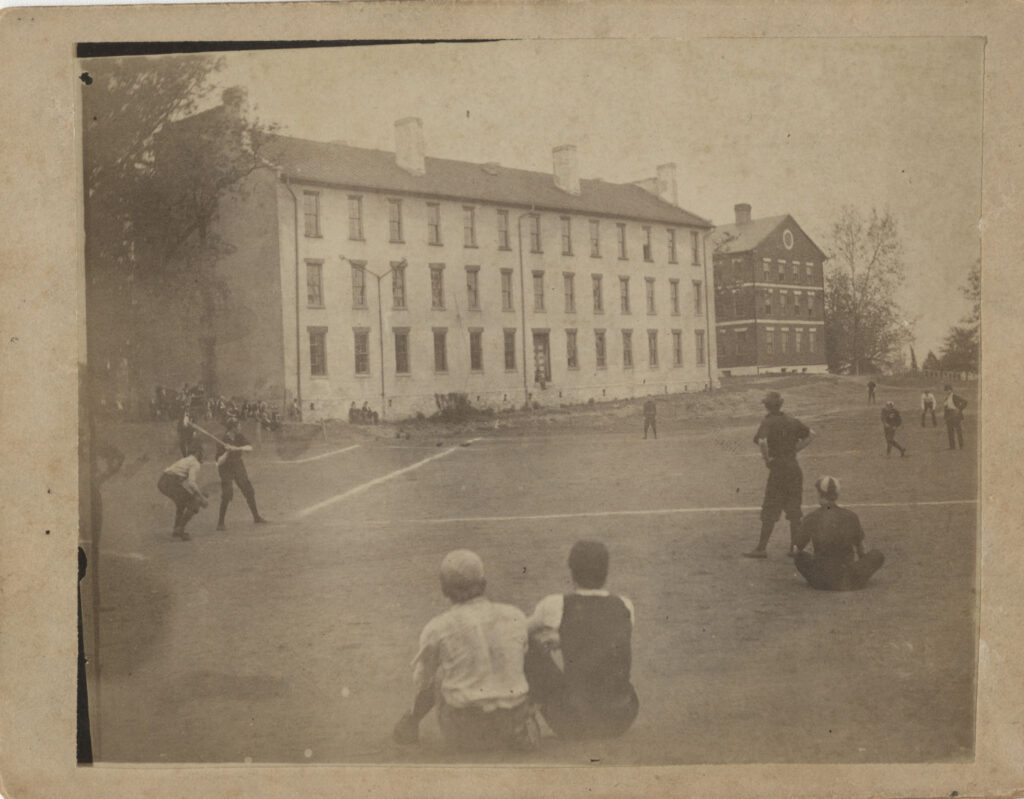
Courtesy of Hargrett Rare Book and Manuscript Library, University of Georgia Libraries.
Chemist
In 1902 Herty left UGA over a dispute with Henry Clay White, the chair of the Chemistry Department, and accepted a position with the U.S. Bureau of Forestry. In an effort to preserve the rapidly dying turpentine industry of his native region, Herty devised and patented a workable and inexpensive cup-and-gutter system of gum collection. Besides producing greater quantities and better-quality turpentine, Herty’s method extended the productive life of the trees and made them usable at maturity as saw timber. By the late 1920s, some form of Herty’s cup-and-gutter system was employed throughout the turpentine region of the South.
Herty returned to academia in 1905 as a professor of chemistry at the University of North Carolina (UNC) in Chapel Hill. From 1915 to 1916 he served as the president of the American Chemical Society, and in 1917 he left UNC to become editor of the society’s Journal of Industrial and Engineering Chemistry. Herty used his editorial position to mobilize his profession for participation in World War I (1917-18). Above all he preached the necessity for American business, government, and universities to unite in order to achieve what he called a full-scale chemical industry. Never again should the country find itself dependent on foreign sources, especially enemy sources, for vital materials necessary to the manufacture of munitions, textiles, pharmaceuticals, and photographic products. This cause engaged Herty for the rest of his career.
To pursue that cause, Herty became the president of the Synthetic Organic Chemical Manufacturers’ Association in 1921, and in that capacity he labored to secure steeply protective tariff legislation, finally reaching his goal with the passage of the Hawley-Smoot Tariff of 1930. The same year saw passage of the law that created the National Institutes of Health (NIH). Evolved from a simpler idea first proposed by Herty in 1918, the NIH measure had the strong financial support of Francis Garvan and the Chemical Foundation, which Herty joined full-time as an advisor in 1926.
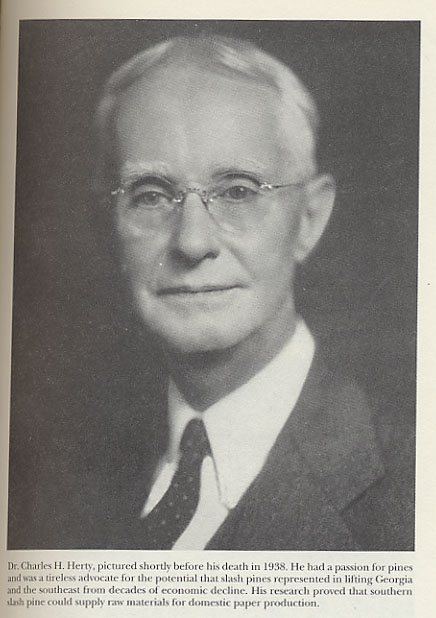
Courtesy of Georgia Historical Society.
In November 1928 Herty reduced his services to the foundation to half-time and began serving as a chemical consultant to universities, trade associations, municipal governments, and private firms located for the most part south of the Mason-Dixon line. For schools and colleges, he gave lectures, assisted graduate student research, and continued to promote the foundation’s educational programs (essay contests). For private firms and trade associations, he designed research programs and tried to solve industrial problems. And for at least one municipal government, that of Savannah, Herty agreed to become an advisor to its Industrial Committee, a body charged with developing new industry based on raw materials available in Georgia.
Forestry Contributions
Herty believed that one of the South’s oldest industries, the naval stores industry, could be profitably preserved. All that was necessary was to find a profitable way to make use of one of the industry’s then-wasted products, the thinnings of young trees which had to be culled so that high-quality turpentine and saw timber could mature. Thinnings were the right size for use as pulpwood in the existing kraft-paper industry, but that market was becoming saturated. What Herty envisioned was the development in the South of a white paper and newsprint industry, something then restricted to the North and to Canada. The northern industry used spruce, not pine, for pulpwood, insisting that a high resin content rendered pine unusable for technical and economic reasons. Herty disagreed, convinced that money, research, and determination could remove whatever obstacles pine pulp might present. He tried to interest universities, paper companies, and government laboratories in his ideas, but even those who accepted his technical arguments maintained that the Great Depression was no time to increase production of a commodity already plagued by overproduction and falling prices.
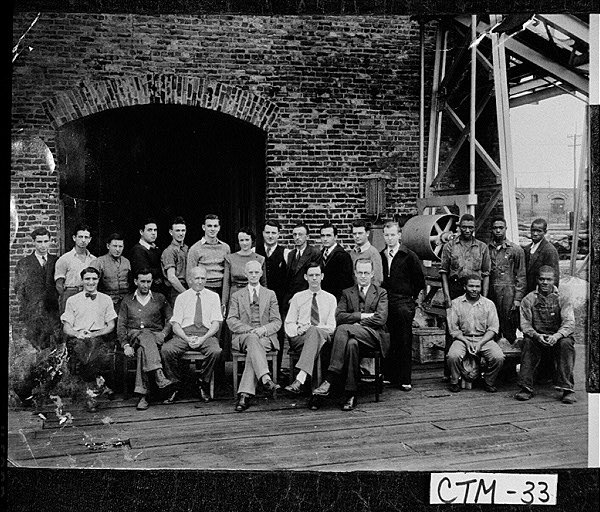
Courtesy of Georgia Archives.
Ultimately Herty decided that the South would have to make its own way. Specifically, he began working hard to secure funding for an experimental pulp and paper laboratory wherein he could test his theories regarding the substitution of cheap, fast-growing southern pine for expensive, slow-growing northern spruce in the manufacture of newsprint. By the late summer of 1931, he managed to secure an appropriation from the Georgia legislature, a matching grant from the Chemical Foundation, and a facility and free power from the city of Savannah to house what was usually dubbed the Savannah Pulp and Paper Laboratory. There Herty and his staff spent the next few years answering the technical questions that had to be successfully addressed before any manufacturer would consider investing the $4 to $5 million necessary to build the South’s first newsprint mill.
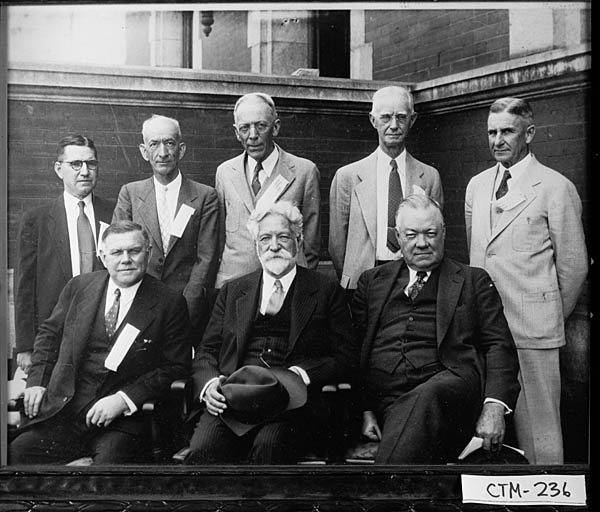
Courtesy of Georgia Archives.
Herty’s work outside the Savannah laboratory was demanding. He spent most of his time on the road, addressing technical societies, pulp and paper manufacturers, and bankers and chambers of commerce to advise them of his success in the laboratory. He urged them to invest in a new industry that, he predicted, would be only the first step in building a “New South.”
Just weeks before his death, in July 1938, Herty attended the annual meeting of the Southern Newspaper Publishers’ Association in Biloxi, Mississippi. There he learned that the remaining shares of unsold stock in Southland Mills Incorporated, the projected first southern newsprint mill, had been purchased by leading publishers in Texas and Oklahoma. Their action guaranteed a loan from the Reconstruction Finance Corporation, and by January 1939, ground was broken for the new plant at Herty, Texas, a site located about a mile from Lufkin in the east Texas piney woods. At the dedication ceremonies in May, G. B. Dealey of the Dallas Morning News paid tribute to the memory of Francis P. Garvan and Charles Holmes Herty, the two men whose hard work did so much to make Southland Mills a reality. Herty was present in Biloxi when financing for the mill was finally assured, Dealey recalled, and although he did not live to see the plant, he “died a happy man.”


